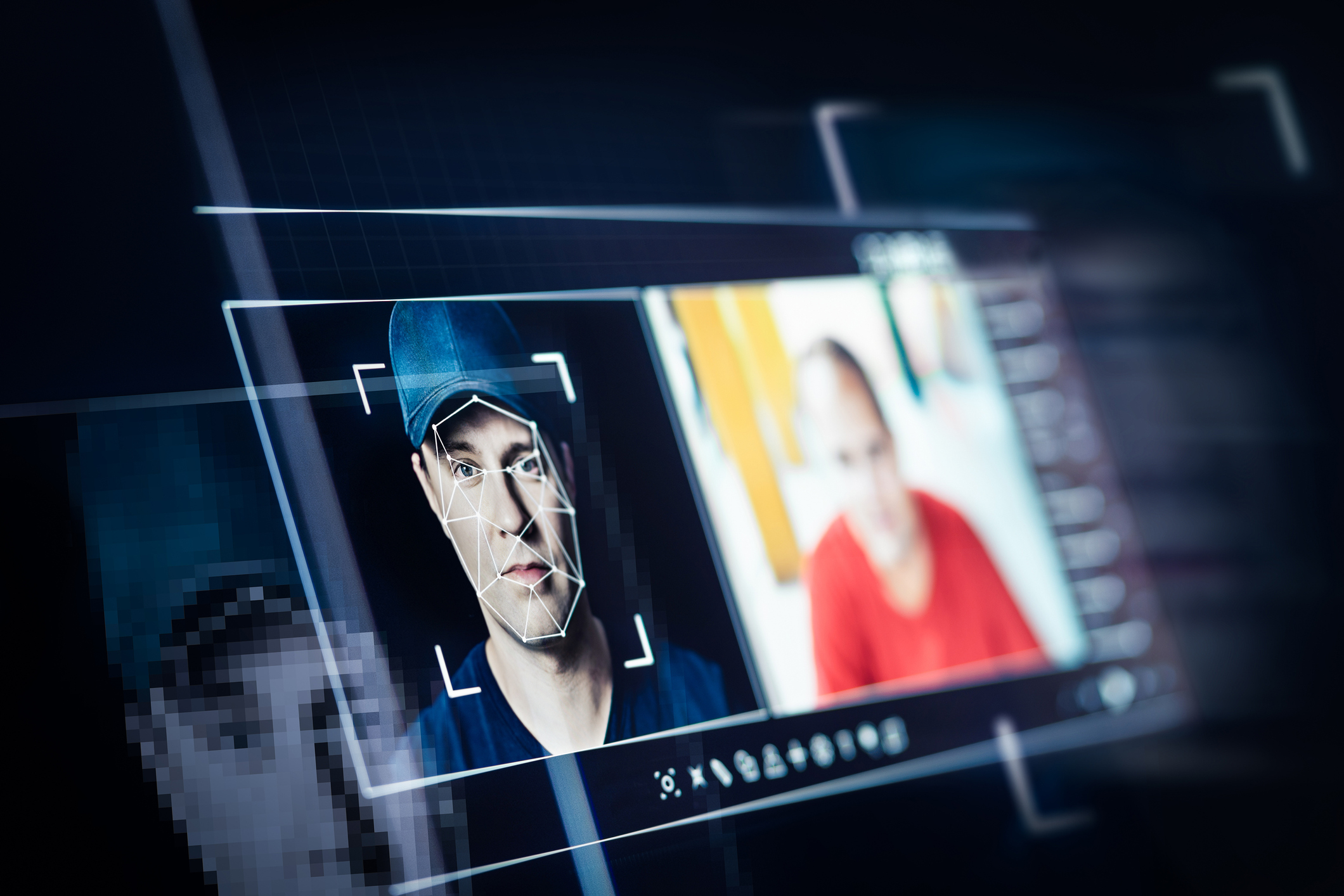5 Ways To Identify AI Deepfakes Posing As Job Candidates
Apr 23, 2025

After weeks of reviewing resumes, you've finally scheduled a video interview with a promising candidate for your remote developer job. While the conversation flows and their technical answers are spot-on, something feels off. The lighting seems unnatural, their movements are slightly robotic, and they become evasive when you ask them to adjust their camera. Watch out—you might be interviewing an AI-generated deepfake job applicant.
According to cybersecurity firm Palo Alto Networks, AI technology has advanced so that a fake job candidate can now be created in as little as 70 minutes. Research firm Gartner predicts that by 2028, one in four job candidates globally will be fake. Meanwhile, ResumeGenius reports that 17% of hiring managers have already encountered deepfake job candidates during video interviews. When these bad actors gain access to your systems, they can extract proprietary information, redirect funds, install ransomware, or establish persistent access for future exploitation.
As AI technology improves, detecting these impersonators requires a multi-layered approach combining technical verification methods with human intuition. Here are five ways to identify deepfake candidates before they infiltrate your organization:
1. Request Actions That Challenge AI Limitations
When Dawid Moczadło, CTO at Vidoc Security Lab, suspected a candidate was using AI to alter their appearance, he asked the person to place their hand in front of their face. "When they refused, I immediately ended the interview," Moczadło explained in a LinkedIn post that later went viral.
You can implement similar verification techniques:
- Request face and hand interactions: Ask candidates to touch their nose or ear or place their hand in front of their face, actions that typically challenge deepfake filters.
- Test multiple viewing angles: Request they turn their head to show their profile or make rapid head movements that can reveal inconsistencies in the AI-generated image.
- Request environmental changes: Have them hold up a physical object or adjust their lighting/camera position during the interview to test the deepfake's ability to adapt.
2. Watch for Technical and Visual Inconsistencies
Deepfake technology has advanced dramatically but still leaves traces that attentive observers can detect. There are several visual cues to watch for:
- Analyze facial boundaries and lighting: Pay close attention to unnatural blending at the edges where the face meets the background and lighting that affects the face differently than its surroundings.
- Check for audio-visual sync issues: Look for mismatched lip movements, speech delays, or audio that don't perfectly synchronize with the video feed.
- Observe unnatural movements: Watch for robotic or inconsistent eye movements, irregular blinking patterns, and unnaturally smooth facial expressions that lack the subtle micro-expressions of genuine human interaction.
3. Implement Identity Verification Protocols
Remote jobs, especially those with access to sensitive systems or information, require enhanced verification procedures:
- Verify identity with documentation: Request government-issued identification through secure channels before the interview and compare it with the candidate's appearance during the call.
- Conduct live skill assessments: For technical roles, require candidates to complete interactive exercises where you can observe their real-time problem-solving process, which is difficult for an impersonator to fake.
- Establish comprehensive verification policies: Implement mandatory verification protocols for all interviews with clear communication to candidates in advance.
4. Ask Contextual and Cultural Questions
Deepfake operators often struggle with unexpected questions that require cultural knowledge or contextual understanding:
- Test location-based knowledge: If a candidate claims to have lived or worked in a specific location, ask detailed questions about local landmarks, restaurants, or cultural references.
- Probe for experiential details: Ask about their claimed work experiences in ways that require nuanced understanding rather than facts that could be memorized.
- Request situational examples: Instead of asking, "What projects did you work on at Company X?" try to ask, "What was the most challenging interpersonal situation you faced at Company X, and how did you resolve it?"
5. Analyze Technical Indicators
Beyond what you can see and hear, there are technical signs that might reveal a deepfake candidate:
- Verify IP location: Monitor for inconsistencies between the candidate's claimed location and their IP address. If they claim to be in New York but their connection originates from overseas, that's cause for concern.
- Note platform preferences: Be wary if candidates insist on using specific, less common video platforms that might better accommodate their deepfake software.
- Recognize target patterns: Tech companies make particularly attractive targets because they often hire remote workers, have valuable intellectual property, and pay well.
The Future of Hiring in an AI World
AI technology has evolved dramatically, making it possible to create convincing deepfakes using just a gaming laptop with minimal preparation. If you suspect a deepfake has infiltrated your hiring process, take immediate action—restrict their access, conduct a thorough audit of affected systems, and engage your cybersecurity team. Keep in mind that the most dangerous AI-generated job candidates aren't the ones you catch—they're the ones that slip through undetected. That’s why these security precautions aren't just defensive measures. They are investments in your organization's long-term security and success.
Click here to explore this article's original source for more.
